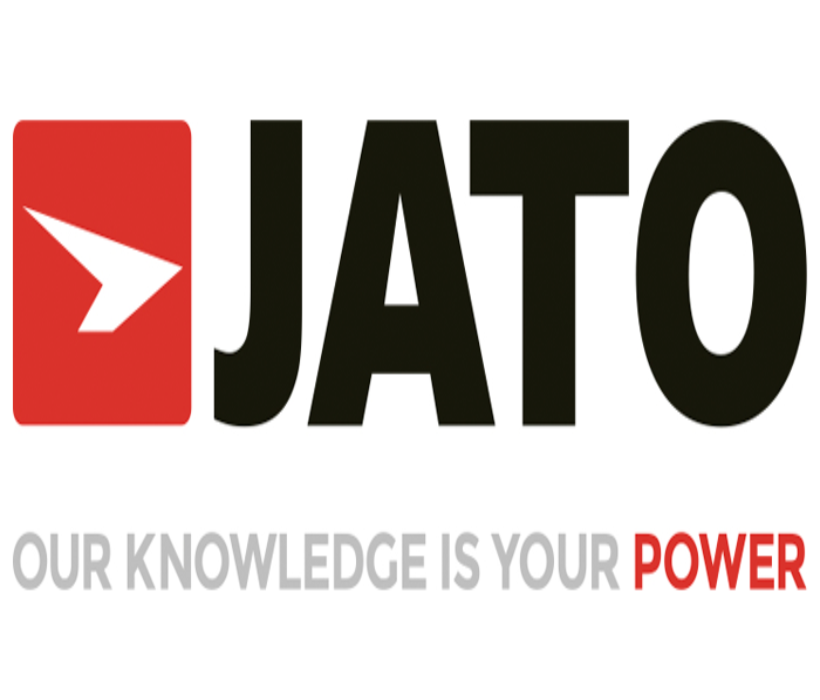Battery swapping technology has emerged as an evolutionary solution in the electric vehicle market, where demand for EVs is surging. It is an innovative approach. It addresses some of the crucial EV market challenges and creates unique opportunities for all. Our discussion below offers you valuable understanding about the various challenges and opportunities in battery swapping technology.
Opportunities in battery swapping technology
The following are the essential aspects regarding the opportunities in battery swapping technology.
Rapid refueling experience
One of the significant benefits of it is the ability to reduce charge time. Instead of waiting hours to recharge a battery, EV users can exchange their depleted battery for an ultimately charged one in minutes. This solution substantially enhances convenience, making EVs more appealing to drivers accustomed to the quick refuelling of traditional internal combustion engine vehicles. This fantastic technology helps tackle one of the many EV market challenges.
Extended battery life and optimization
Centralized battery management, enabled by swapping stations, guarantees that batteries are maintained in optimal conditions. This approach prolongs battery life and reduces the requirement for frequent replicates. It benefits users and manufacturers. Moreover, this is one of the China electric vehicle trends that can help integrate smart technology to monitor battery health and predict potential failures.
Lower Initial EV Expenses
Thanks to battery-changing technology, car ownership and battery ownership can be separated. By choosing a battery subscription plan, consumers may buy EVs without having to pay the hefty upfront cost of the battery.
EV Market Difficulties
The following are some of the EV market difficulties that are prevalent.
Infrastructure Development Expenses
Battery swapping is convenient, but the infrastructure needed for broad use would cost a lot of money. Establishing a network of exchanging stations requires a significant financial outlay, especially in cities with congested traffic and constrained space. The problem is considerably more severe in rural areas, where EV adoption is still limited.
Problems with Standardization
The lack of uniformity among EV manufacturers is a significant obstacle to adopting battery-swapping technology. The development of universal swapping stations is complicated by several vendors' use of proprietary battery designs. China's electric car trends show a strong push for standardization, but industry-wide cooperation will be necessary to achieve this.
Complexity of Logistics
Another problem is tracking battery inventory and making sure they work with different EV models. Strong energy management systems and effective logistics are necessary to maintain an adequate supply of charged batteries, particularly during periods of high consumption.
Final words
The success of battery-swapping technology will rely on resolving infrastructure, standards, and safety issues while leveraging its potential to reduce costs and improve convenience. Since China is a leader in this field, the lessons learned from its EV market patterns are crucial for the global shift to environmentally friendly modes of transportation.
With its commendable EV battery solutions, Jato empowers the EV market while tackling important issues like infrastructure efficiency and standardization. Jato speeds up the adoption of environmentally friendly transportation by utilizing cutting-edge EV battery solutions, guaranteeing smooth integration for both manufacturers and customers. You can rely on Jato Solutions to propel China's electric vehicle trends in the future.





Comments